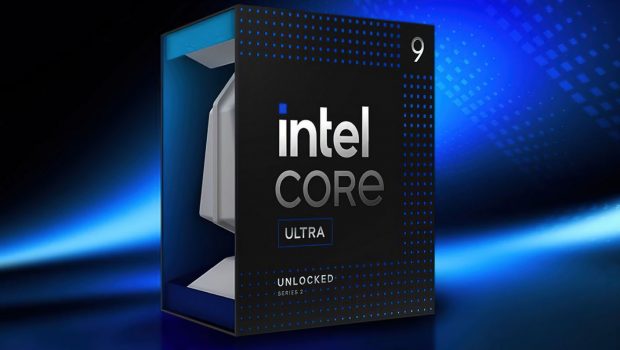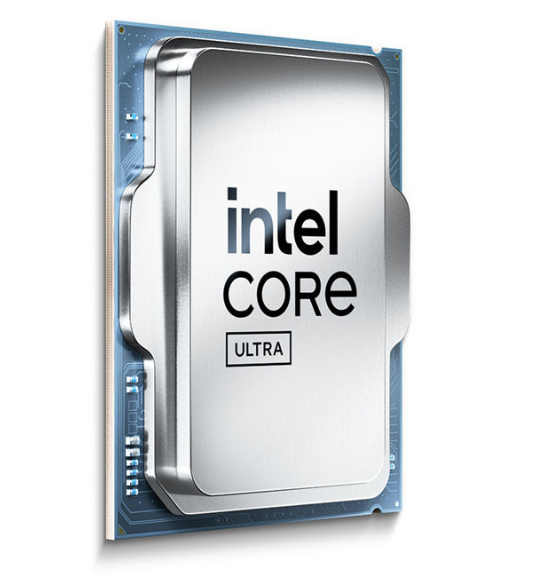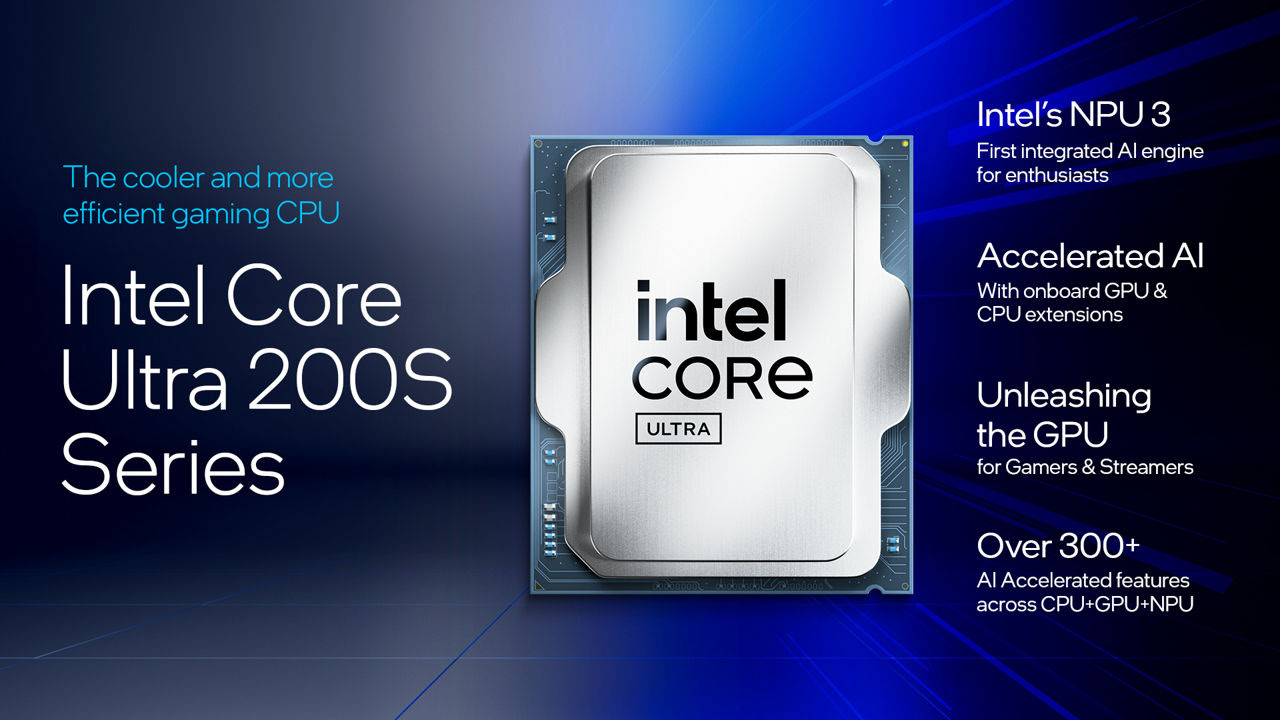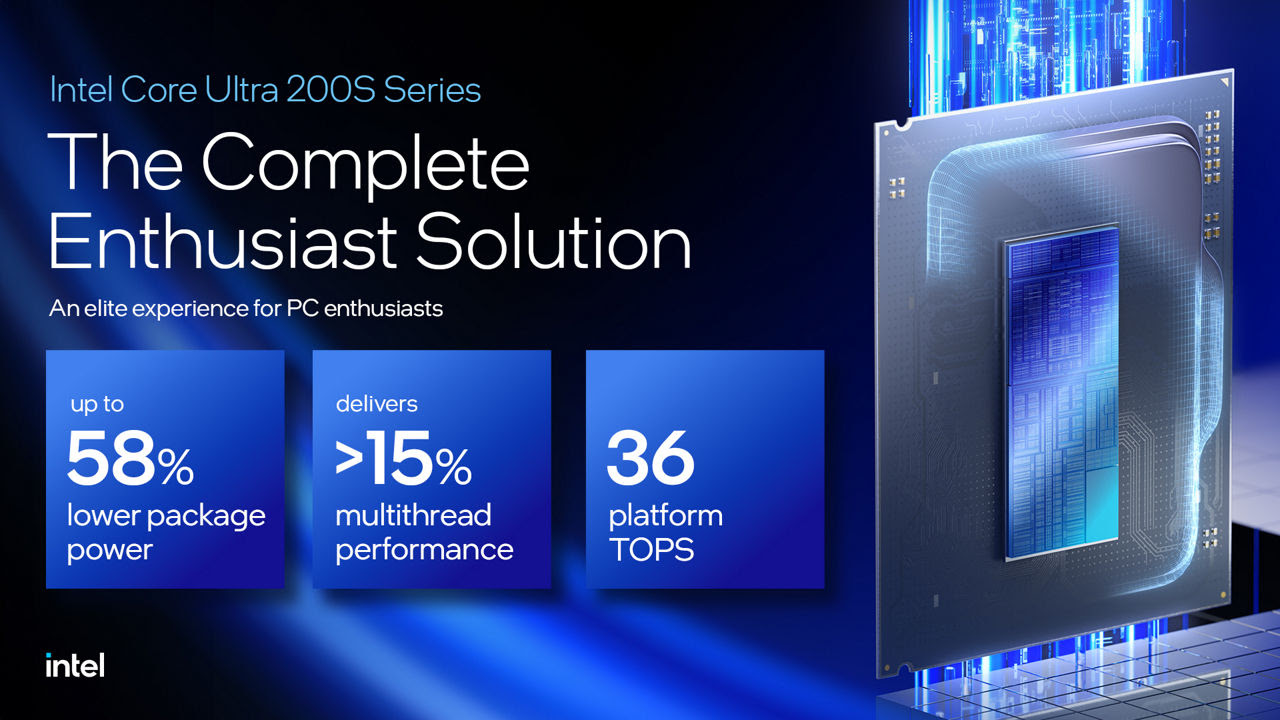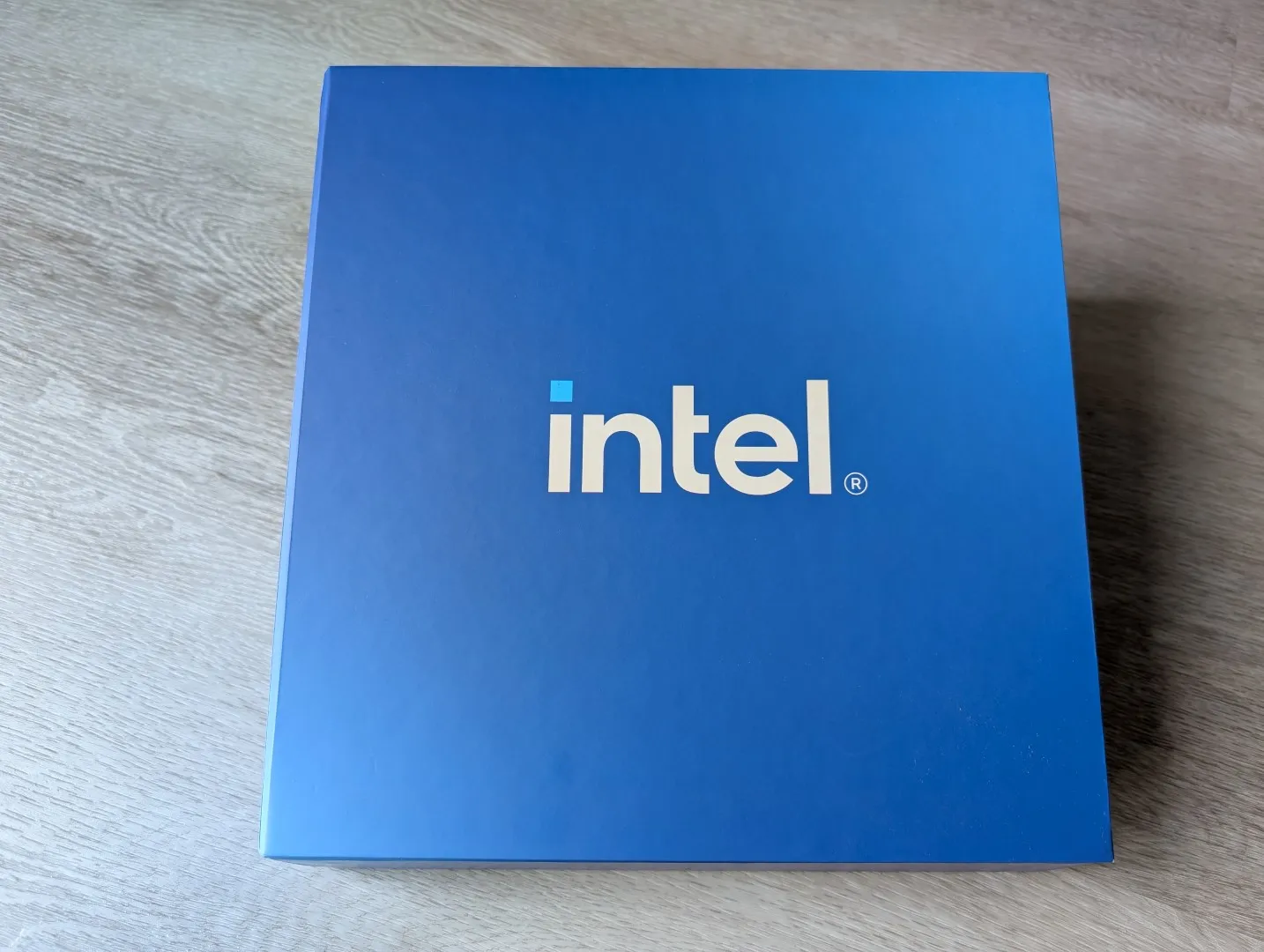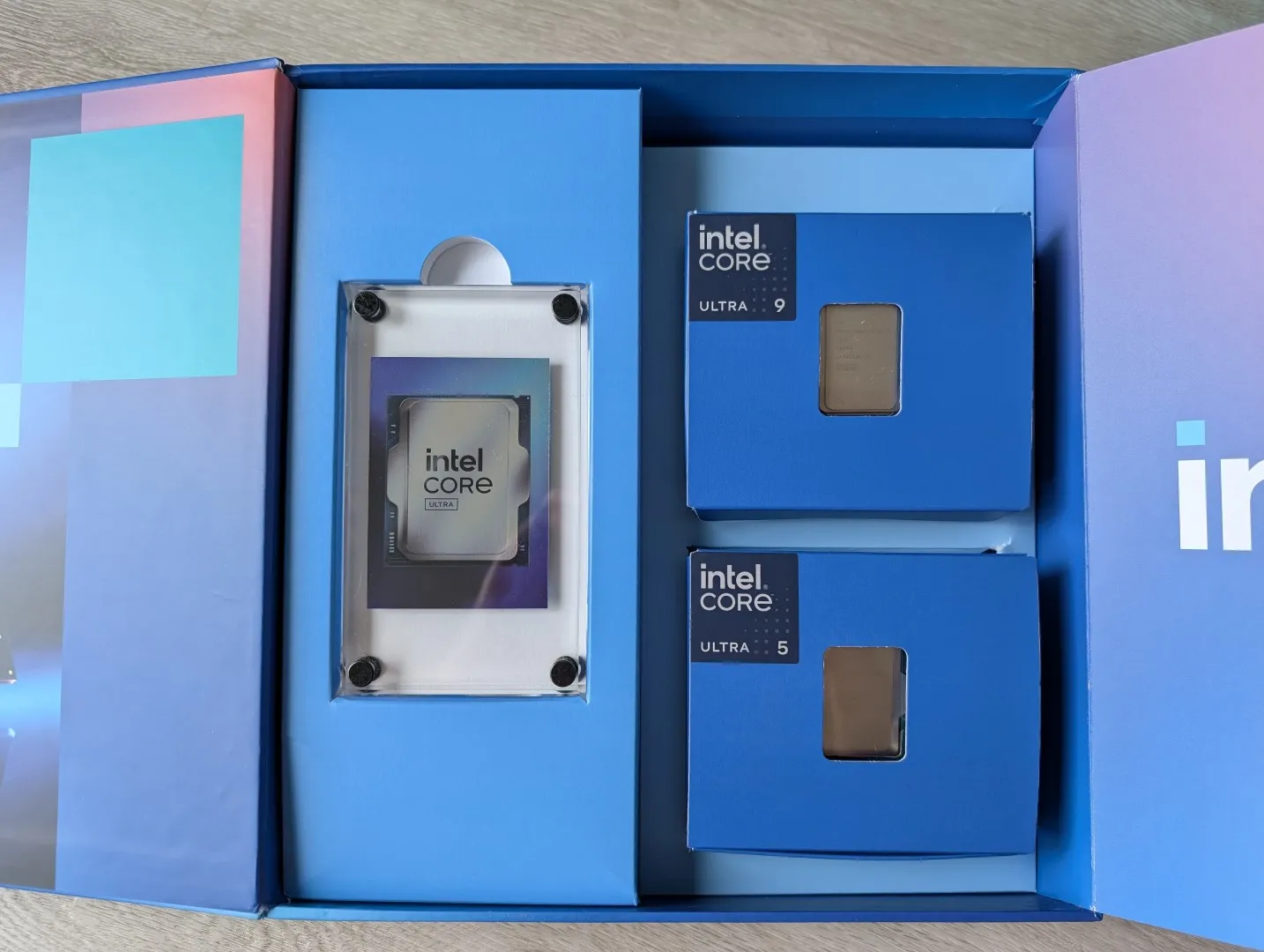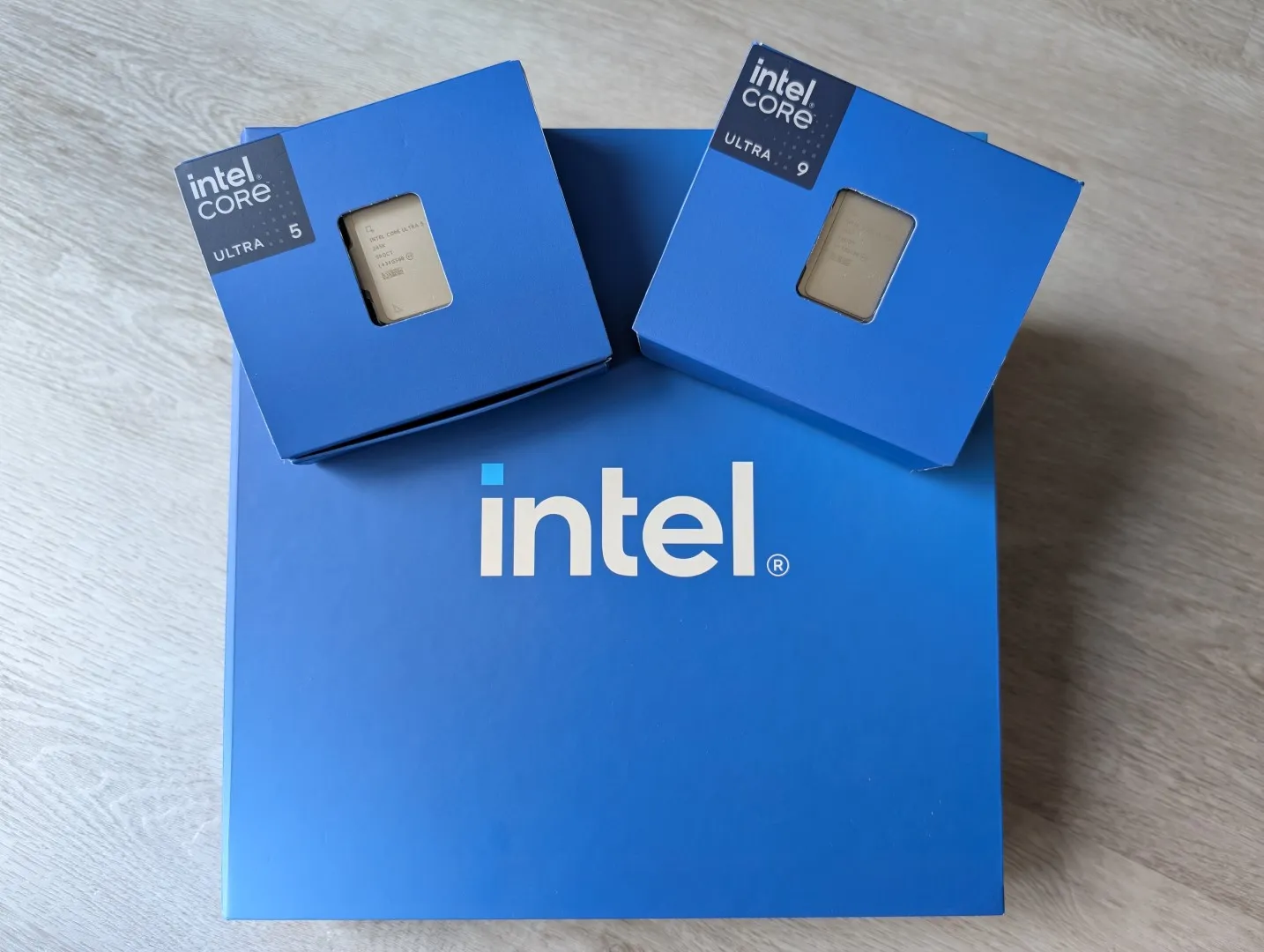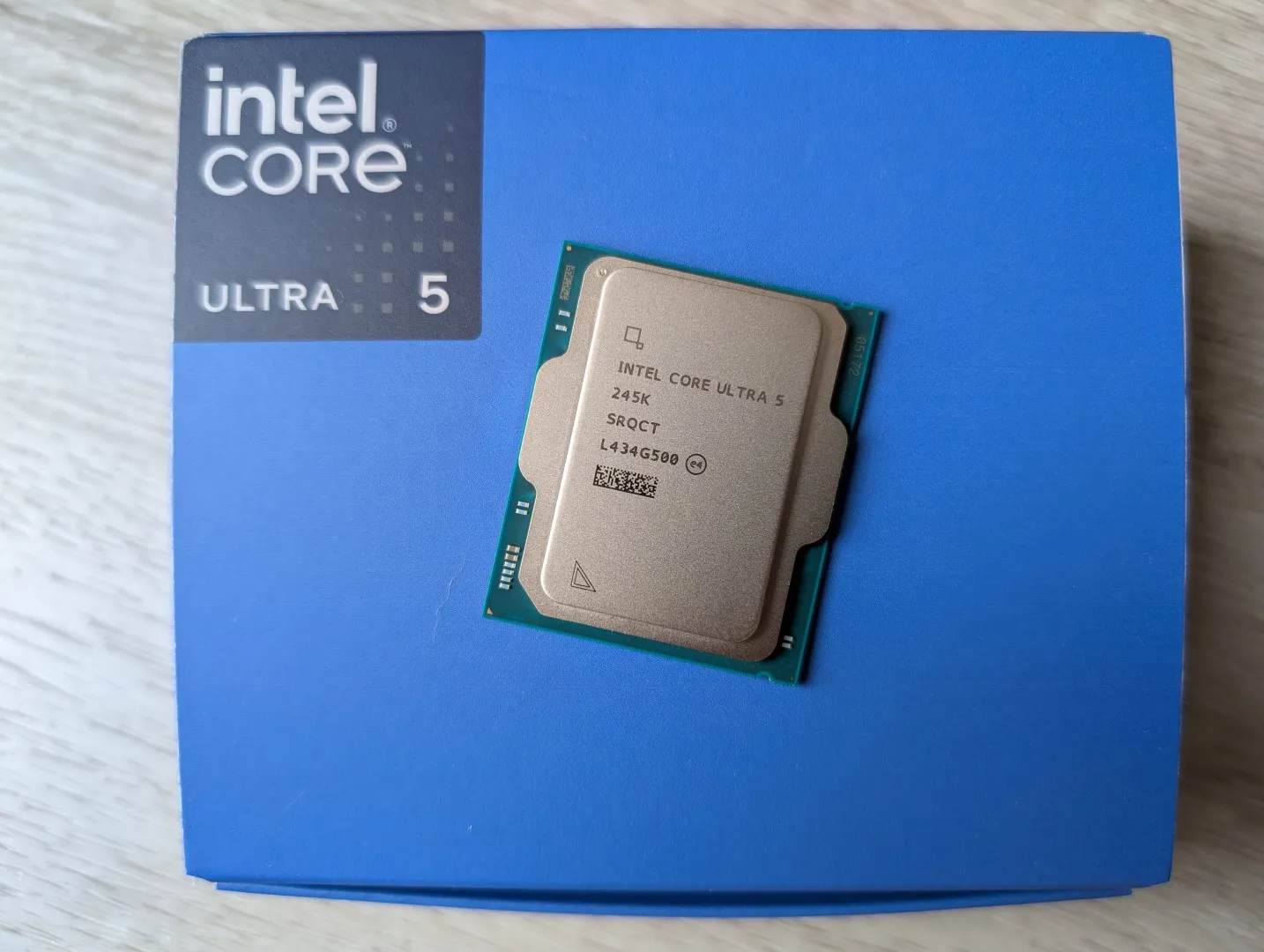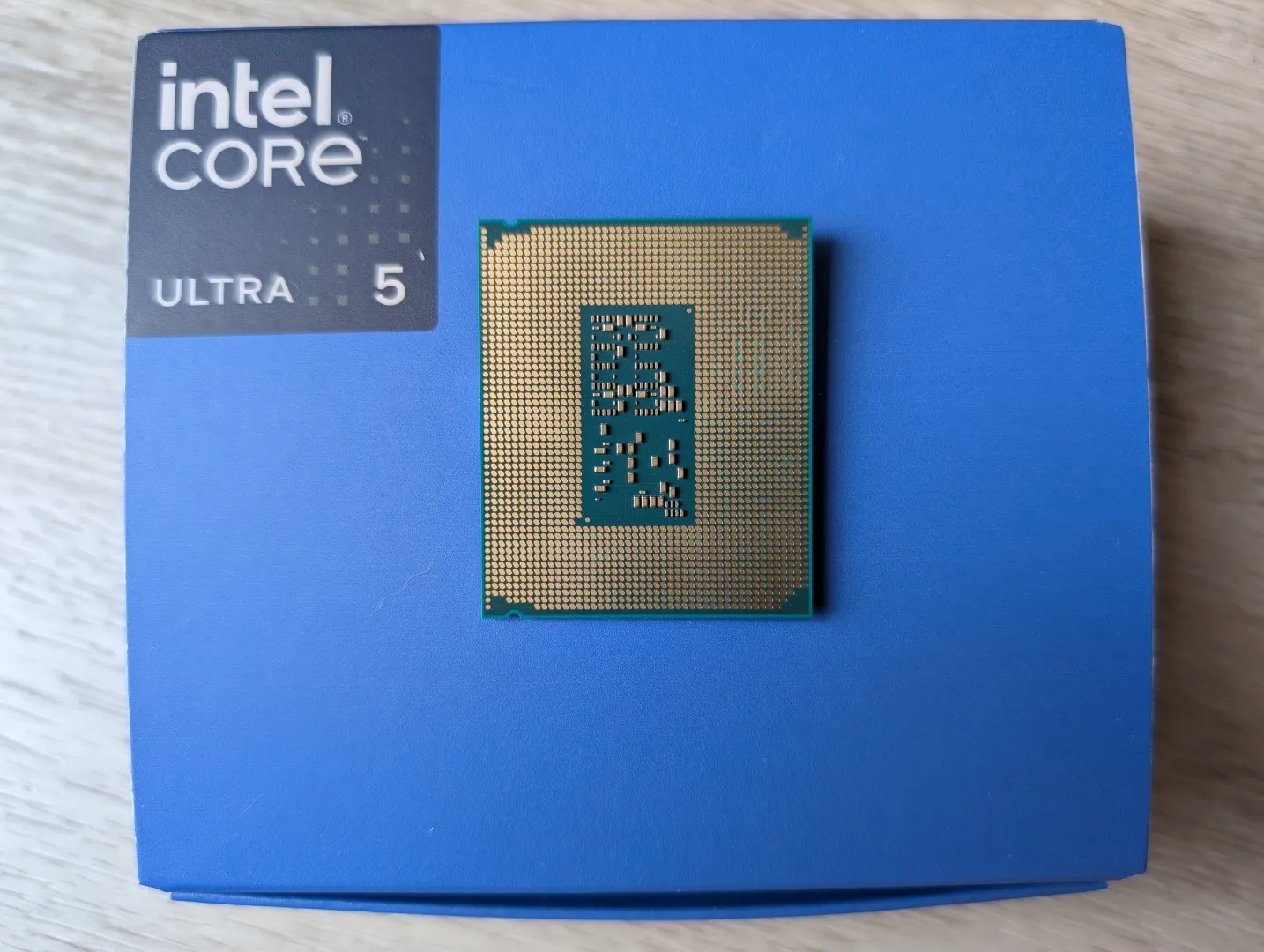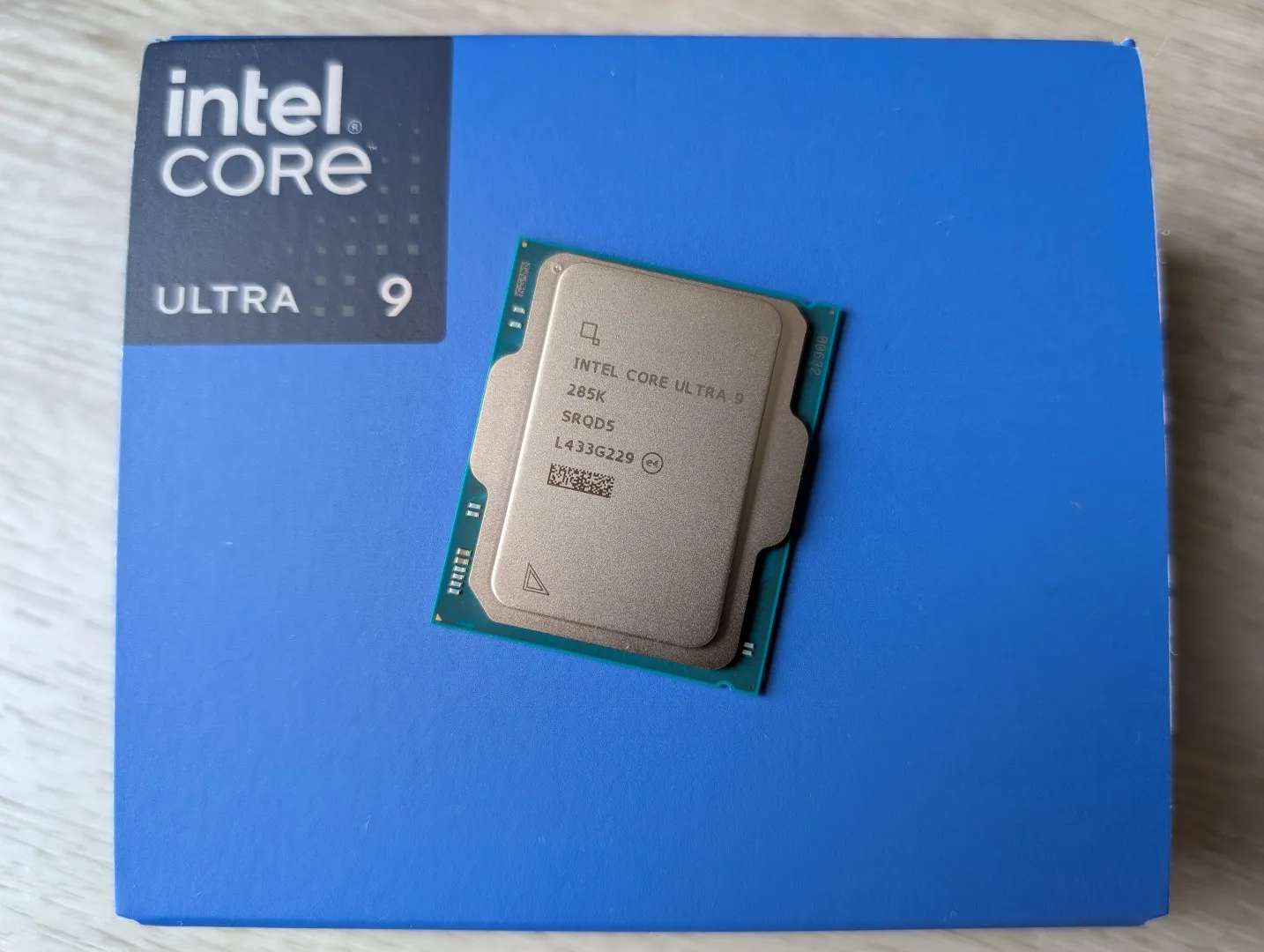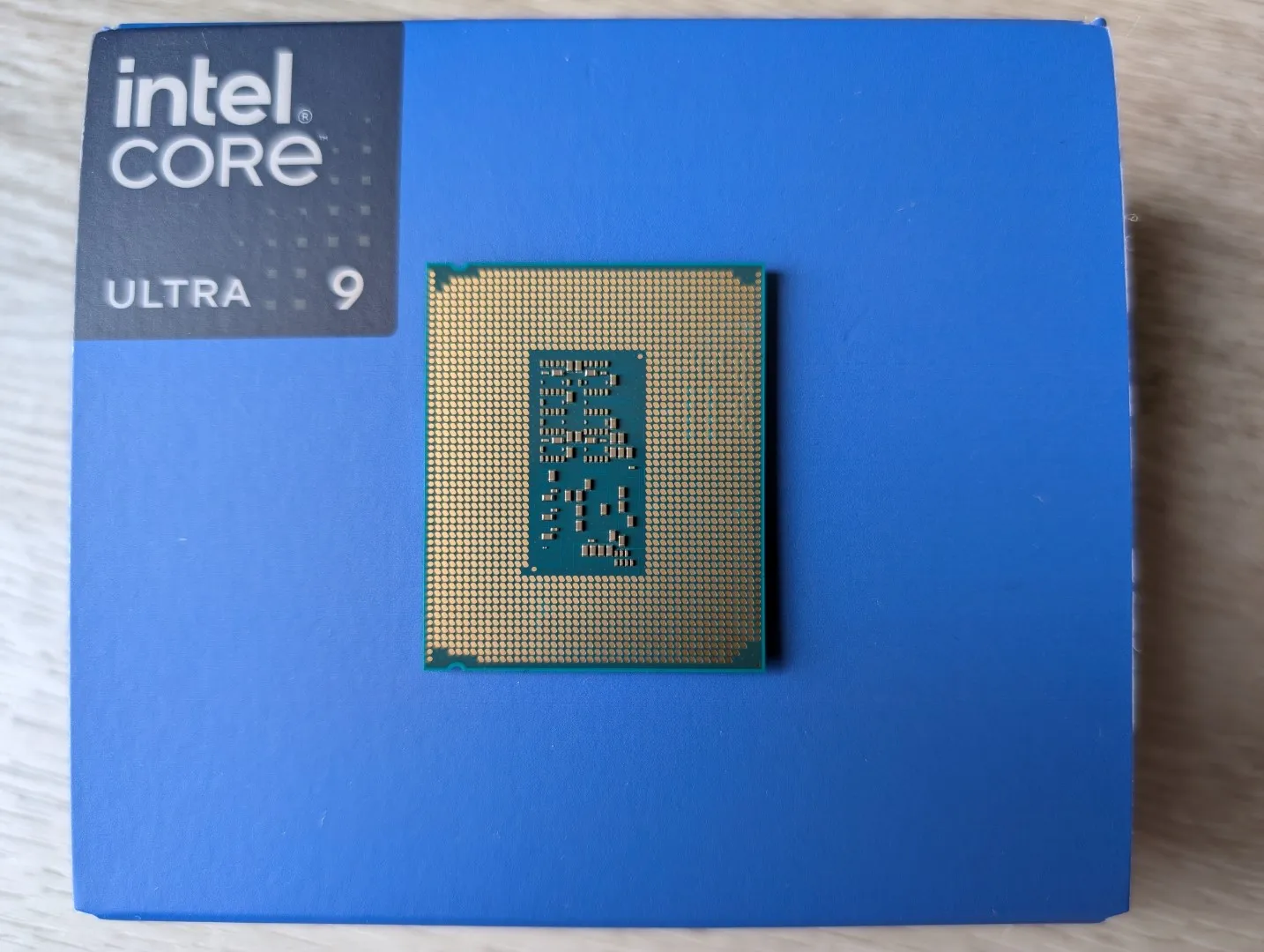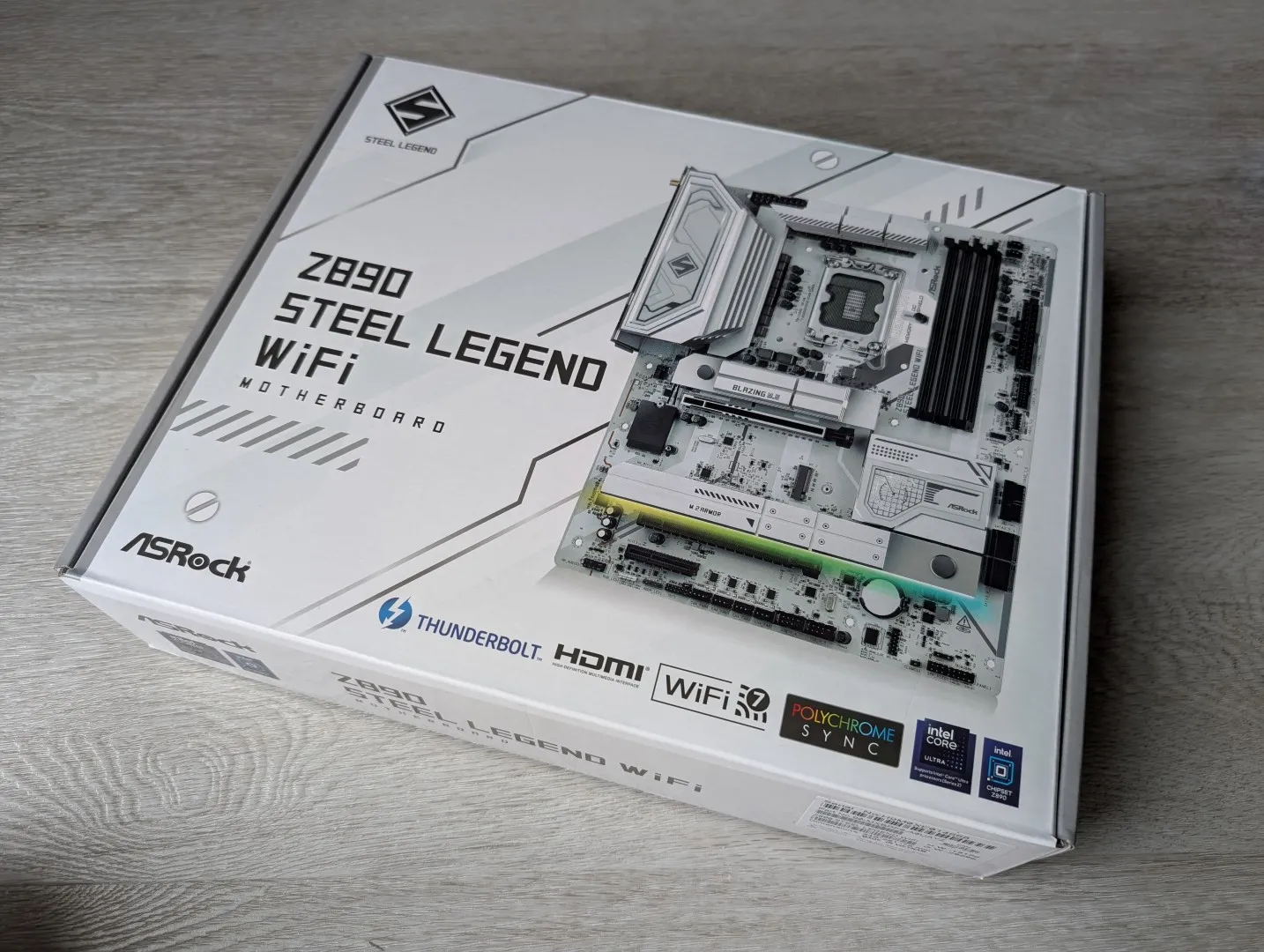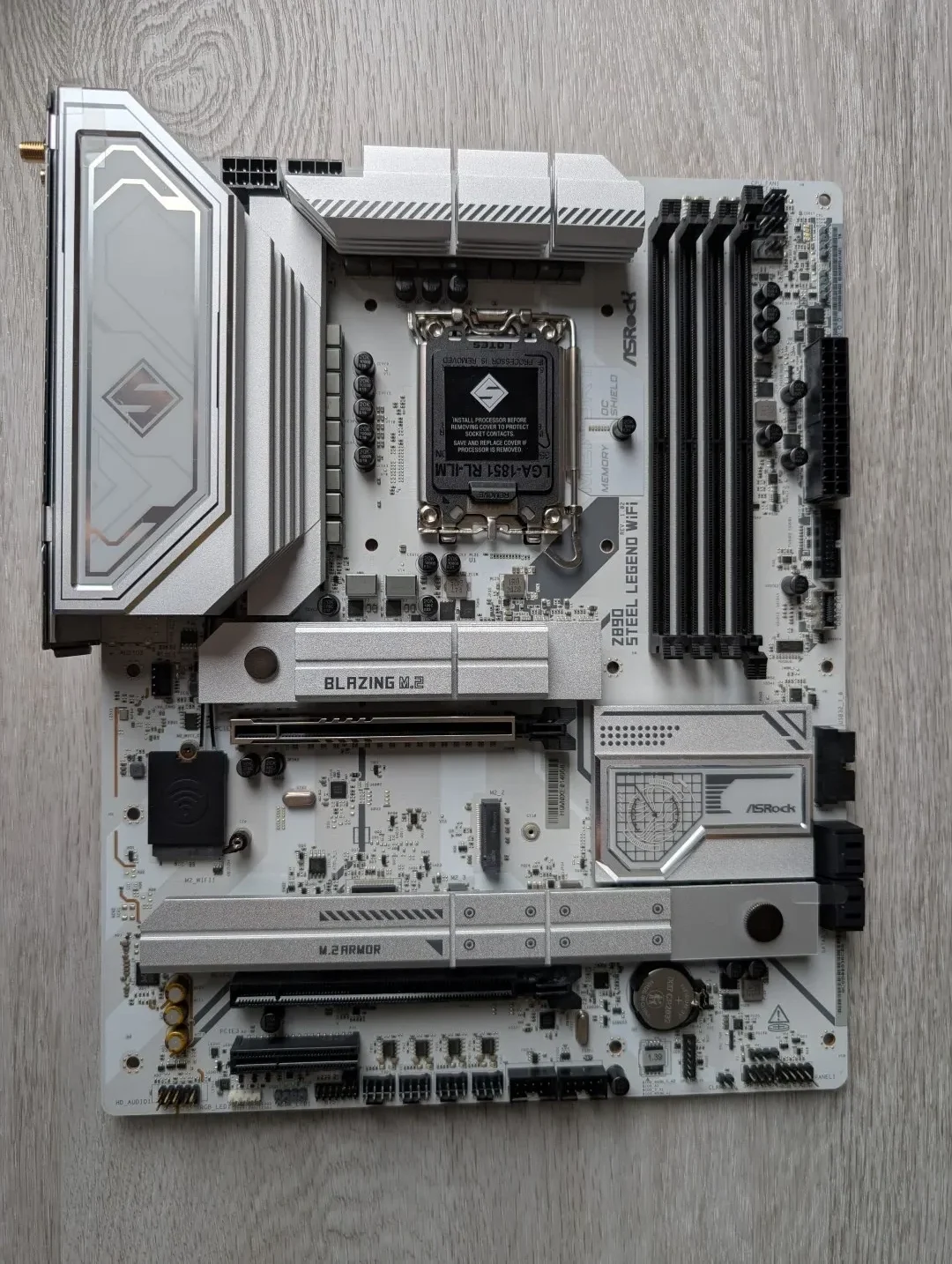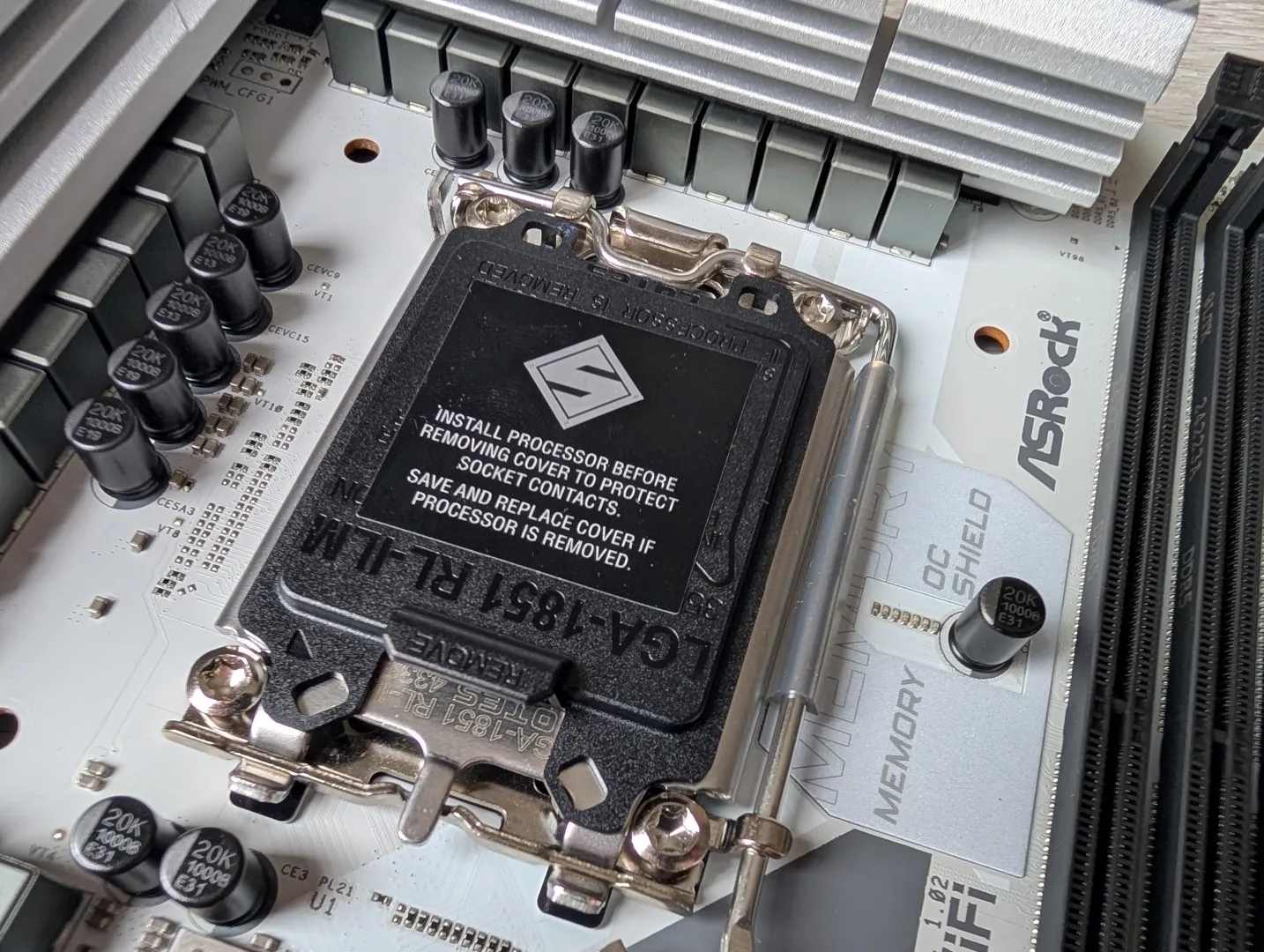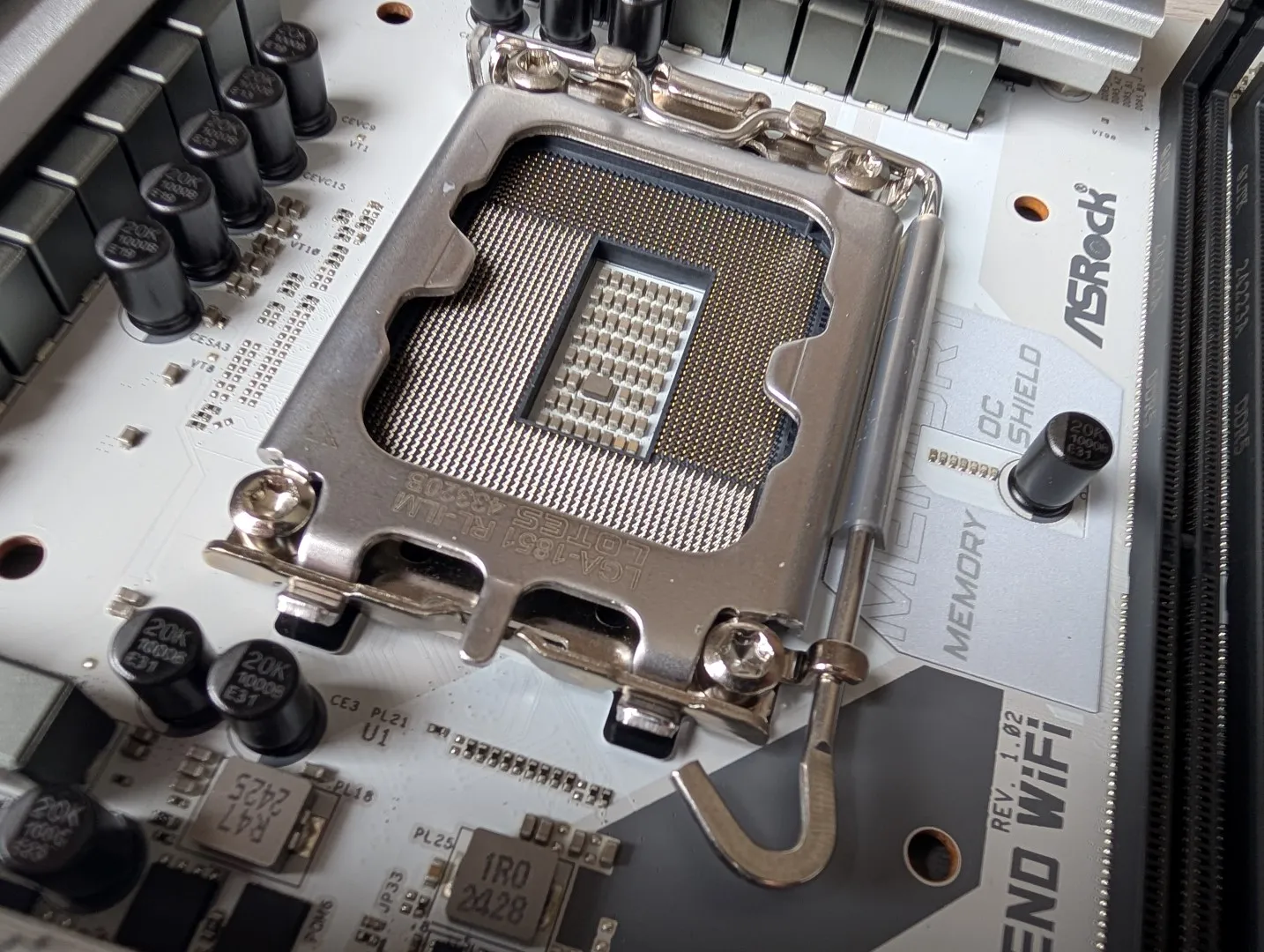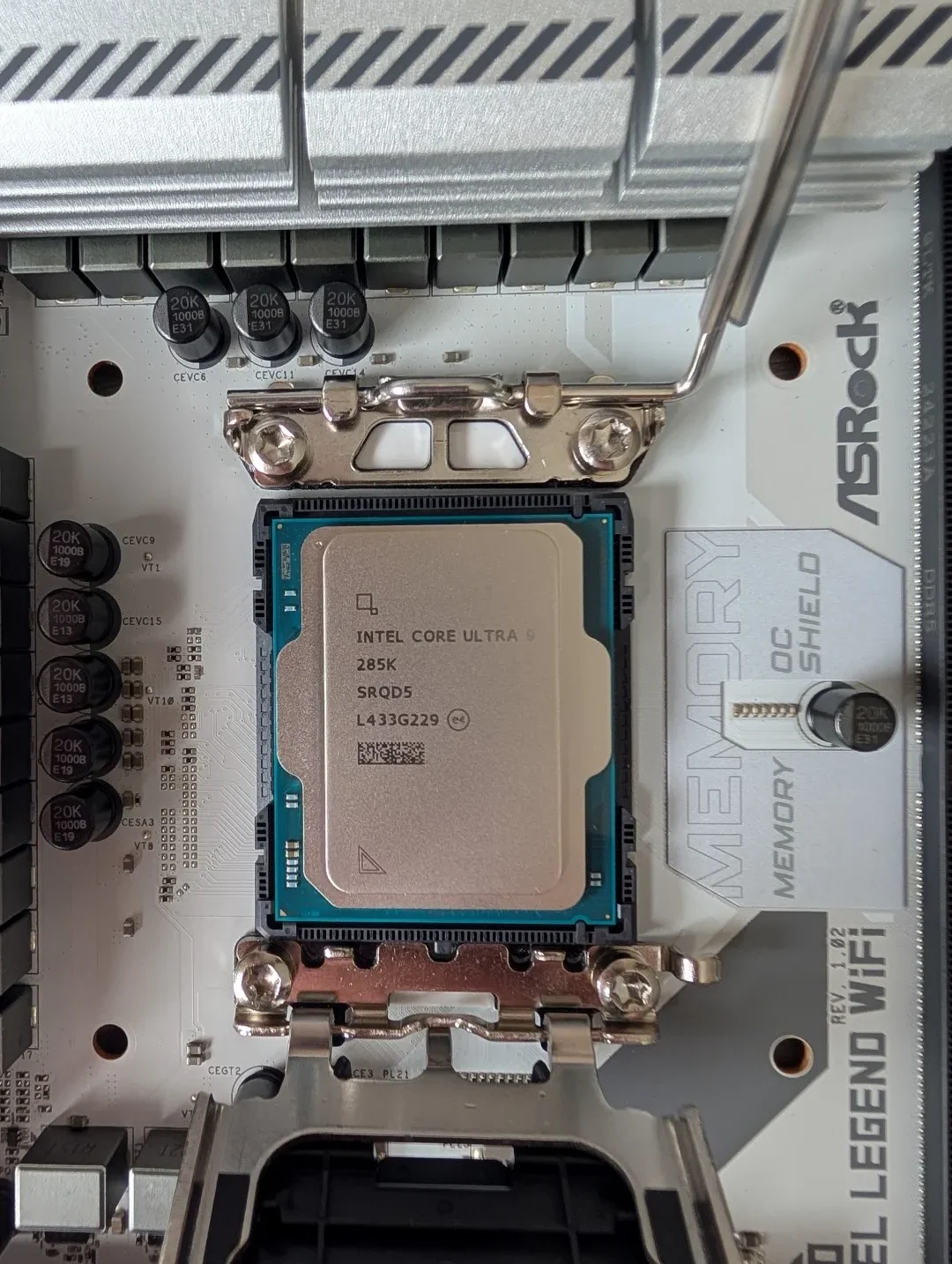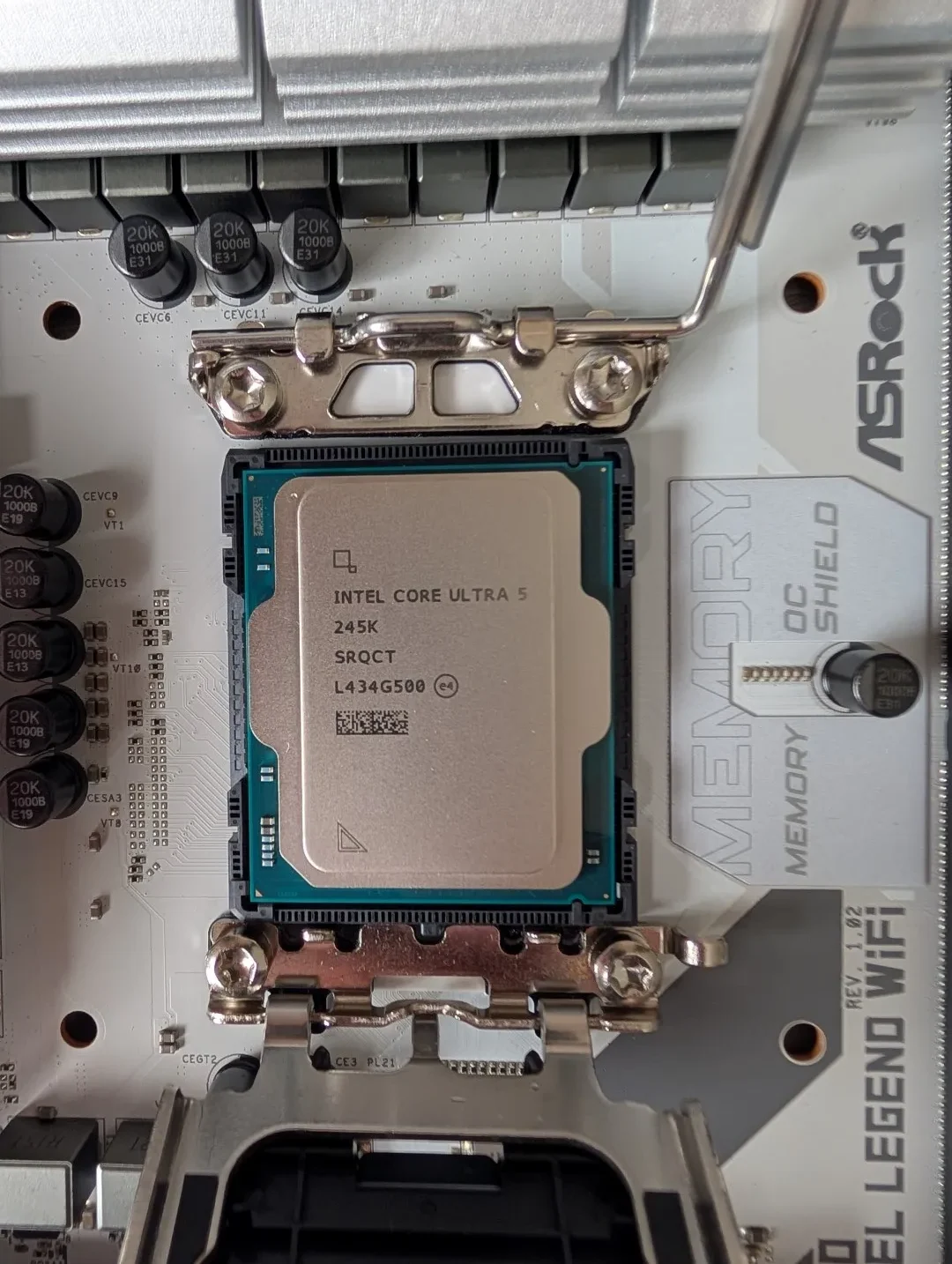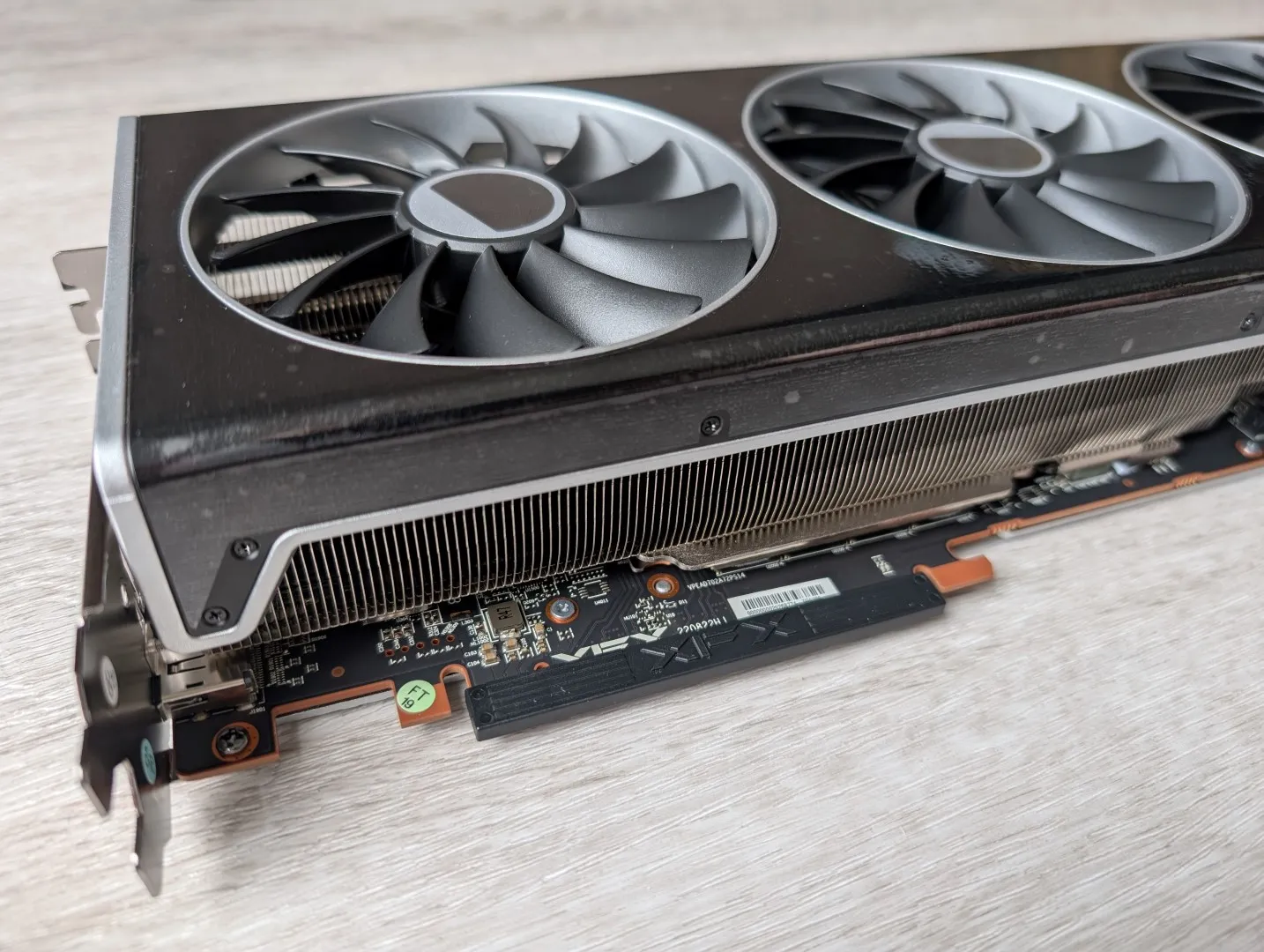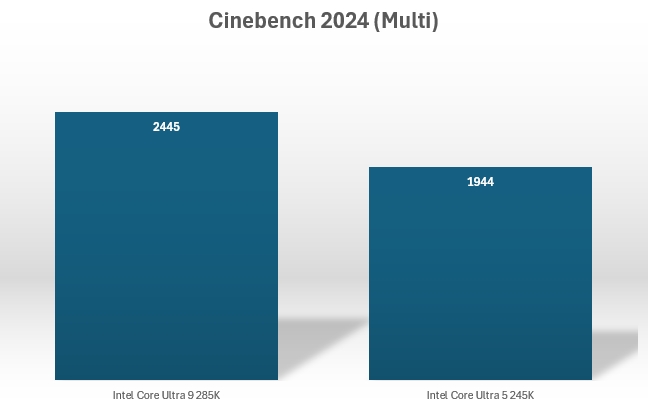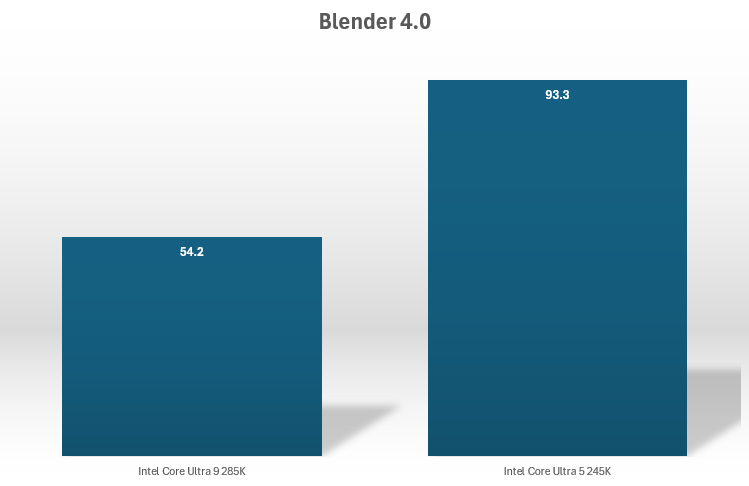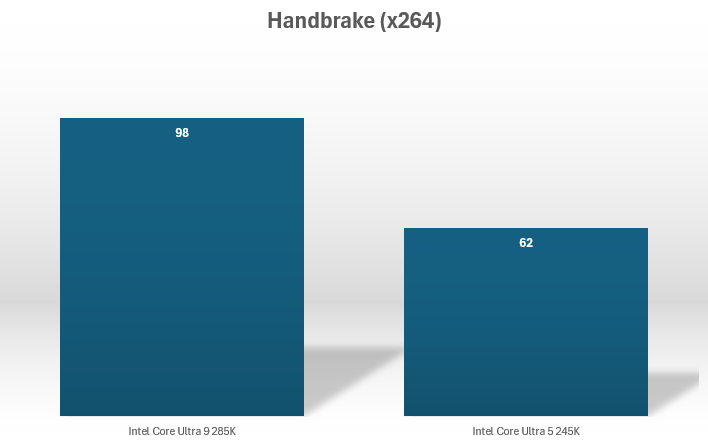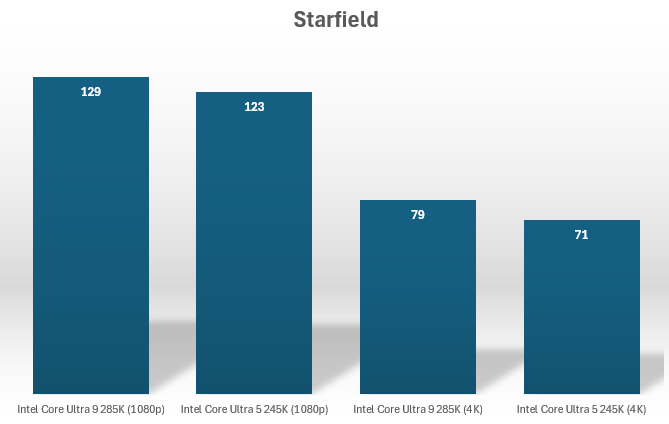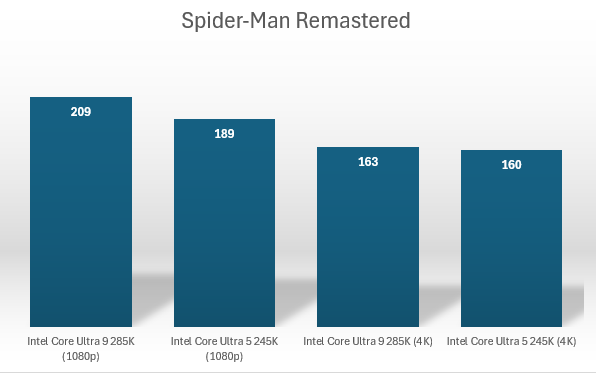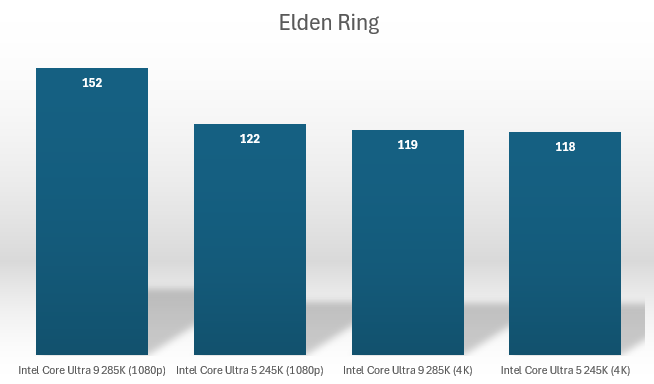Intel Core Ultra 5 245K and Intel Core Ultra 9 285 Reviews
The new range of Intel processors has arrived (October 2024), and Impulse Gamer was given the opportunity to check out two of their “Arrow Lake” CPUs: the mid-range Intel Core Ultra 5 245K ($550 AUD) and the flagship Intel Core Ultra 9 285K ($1100 AUD), which replaces last year’s Core i9-14900K (Codename: Raptor Refresh). Of note, last year’s equivalent to the Intel Core Ultra 5 245K is the Intel Core i5-14600K. As to what the “K” stands for? It means that the CPUs are unlocked and available for gamers and PC enthusiasts to overclock!
Unlike their previous “Raptor” and “Raptor Refresh” processors, Intel has implemented a variety of technological advancements, such as the new chiplet-based architecture, to improve performance and energy efficiency. This also includes an integrated NPU (Neural Processing Unit) to enhance AI (Artificial Intelligence) capabilities. From an AI perspective, this new technology will “level up” machine learning, including faster audio and video processing that is perfect for content creators.
Additionally, both processors provide integrated graphics with Intel’s Xe LPG (Low Power Graphics), however for gaming, you do need a dedicated graphics card for real power. The CPU lithography has also moved to TSMC’s 3nm manufacturing process, with both processors supporting a maximum memory size of 192GB and a maximum memory speed of 6400MT/s.
Welcome to the new Core Ultra Series (aka Arrow Lake) family of processors…
| Processor | Frequency | Cores / Threads | GPU Cores | NPU |
| Intel Core Ultra 9 285K | 5.7GHz | 24 (8P+16E) | 4 | 13 TOPS |
| Intel Core Ultra 7 265K | 5.5GHz | 20 (8P+12E) | 4 | 13 TOPS |
| Intel Core Ultra 7 265KF | 5.5GHz | 20 (8P+12E) | 0 | 13 TOPS |
| Intel Core Ultra 5 245K | 5.2GHz | 14 (6P+8E) | 4 | 13 TOPS |
| Intel Core Ultra 5 245KF | 5.2GHz | 14 (6P+8E) | 0 | 13 TOPS |
The Review
Impulse Gamer received the Intel Core Ultra 5 245K and Intel Core Ultra 9 285K later than other tech outlets and if you have been reading the reviews and the latest Intel news, you may have noticed some inconsistencies with their performance, particularly in gaming. This has been acknowledged by Intel, who are working on fixes. Given the launch hiccups, we’ll keep this article non-biased, focusing on all the appropriate testing.
To use the new processors from Intel, you will require a new motherboard that supports the LGA 1851 socket (also known as Socket V1) and to maximize the new architecture, DDR5 is now required on these new boards.
Considering the change in architecture from 2023 to 2024, the previous CPUs from Intel needed the LGA 1700 socket, which had 1700 contacts. The new motherboards have 1851 contacts. As a result, the new LGA 1851 motherboards support the new CPUs with improved power delivery and increased bandwidth, which theoretically delivers better performance for both elements.
| Intel Core Ultra 5 245K | Intel Core Ultra 9 285K | ||
| Total Cores | 14 | 24 | |
| Performance-cores | 6 | 8 | |
| Efficient-cores | 8 | 16 | |
| Max Clock Speed | 5.2Ghz | 5.7Ghz | |
| Over Peak (TOPS) | 30 | 36 | |
| Cache | 24MB | 36MB | |
| Total L2 Cache | 26MB | 40MB | |
| Processor Base Power | 125W | 125W | |
| Maximum Turbo Power | 159W | 250W | |
Gallery
Setup
Intel Core Ultra 5 245K and Intel Core Ultra 9 285 Test System
| Motherboard | ASRock Z890 Steel Legend WiFi |
| Memory | Kingston FURY Renegade DDR5 |
| Graphics | AMD RADEON RX 7900 XTX |
| Storage | Samsung 990 PRO M.2 NVMe SSD 2TB |
| Water Cooling | Arctic Liquid Freezer III 360 A-RGB |
| Power Supply | Corsair RMx Series RM1000x 1000W |
| Operating System | Windows 11 Professional (64) #: Fresh install |
Benchmarks
First up is Cinebench 2024, a benchmarking tool developed by Maxon that evaluates your computer’s hardware capabilities, particularly focusing on CPU and GPU performance. It uses scenes from Cinema 4D, a professional 3D modeling and rendering software, to simulate real-world tasks and is widely used across the globe. We tested the multi-core component of Cinebench on both CPUs with the results below:
#: Higher the better
The new architecture and features of the Intel Core Ultra 5 245K and Intel Core Ultra 9 285K can really be seen with Cinebench 2024, with the flagship processor delivering a very high score, even when compared to last year’s Core i9-14900K. As mentioned, this CPU with its AI integration has been designed for improved audio and video processing, and it does deliver in that regard.
Next up is Blender 4.0, an open-source 3D creation suite that is ideal for rendering models. To maximize this application, you need a very fast processor.
#: Lower is better – score in seconds
Again, the Intel Core Ultra 9 285K boasts a faster score than the Core i9-14900K, cementing this new processor as a rendering beast. The mid-range Intel Core Ultra 5 245K is also no slouch, and although its score is lower, it still demonstrates high-end rendering capabilities.
Another useful video tool is HandBrake, a free open-source video transcoder that allows you to convert video from nearly any format. As it provides real-world performance and supports multi-core processors, it makes for a great benchmarking tool. As expected, the Intel Core Ultra 9 285K and the Intel Core Ultra 5 245K outperformed their older 2023 siblings.
Gaming
The Intel Core Ultra 9 285K and the Intel Core Ultra 5 245K provided mixed results for gaming. However with a high-end graphics card, fast memory, and the correct motherboard, both would still be considered gaming processors. However, they did score lower than the “Raptors” counterparts and their AMD competitors. Whether this is caused by software optimization issues or the new chiplet design that potentially causes higher memory latency, as reported by some outlets, we cannot say for sure. However, Intel is aware of these issues, so stay tuned for updates.
Cyberpunk 2077, like Intel, had a buggy launch. However, now that it has been fixed, it makes for the perfect gaming benchmark tool. For the uninitiated, Cyberpunk 2077 is an action role-playing game developed by CD Projekt Red, set in the dystopian future of Night City. Players take on the role of V, a mercenary who accidentally gets imbued with a cybernetic “bio-chip” containing the memories of a legendary rockstar and terrorist named Johnny Silverhand (voiced by Keanu Reeves). Together, they must navigate the challenges of the city.
We tested the processor at full detail at 1080p, achieving respectable frame rates per second (FPS) in excess of 160, making the game very smooth and visually distinct. It also performed well at 4K (3840 x 2160) with full detail, achieving an FPS of 70+.
Next up was Starfield, a science fiction action role-playing game developed by Bethesda Game Studios, the creators of The Elder Scrolls V: Skyrim and Fallout 4. In this game, you play as a member of Constellation, a group of space explorers. Like Cyberpunk 2077, the game worked well on both processors with full detail at 1080p and 4K.
The once PlayStation-exclusive Spider-Man Remastered, developed by Insomniac Games in collaboration with Marvel, is one of the best Spider-Man games to date, boasting exceptional graphics and gameplay. Out of all the games we tested, this game had some of the best frame rates, with stunning attention to detail. New York City has never looked this good in a game before. Both CPUs ran the game very well at 4K, and yes, this game does support ray tracing with impressive scores.
The last game we used for benchmarking was Elden Ring. Elden Ring is an action role-playing game developed by FromSoftware and published by Bandai Namco Entertainment. It was directed by Hidetaka Miyazaki, known for his work on the Dark Souls series, and features worldbuilding by George R. R. Martin. This game does require high system requirements and, while the Core Ultra 9 285K and Core Ultra 5 245K produced high scores, they were not as high as the Raptor range or their AMD competitors.
As a fun test, given the integrated GPU on the new processors, they can amazingly play (almost) the latest Triple-A titles, albeit with greatly reduced resolution (720p and sometimes 100o) and detail. Some games even produce almost acceptable frame rates. This shows the evolution of Intel’s integrated GPUs, and when combined with the new architecture of the Arrow Lake series, Intel is definitely onto something here.
Final Thoughts?
It is still early days for the “Arrow Lake” processors; however, the new architecture from Intel has succeeded in merging improved power efficiency with performance, because the previous range of “Raptor” CPUs did run hot. Once the kinks are ironed out, I’m sure we will see considerable performance gains. From a productivity and content creation perspective, the new Intel Core Ultra provides noticeable results, particularly with the inclusion of an integrated NPU directly into the processor, which is ideal for audio, video processing, and machine learning.
Gaming is a mixed bag; although both processors delivered high frame rates, the previous generation is still leading. However, as mentioned, they do reach high temperatures – very warm. The takeaway message is that the new Arrow Lakes are still a work in progress from Intel. Given the power efficiency and the way it handles video processing, it is the way of the future, and hopefully they can address the gaming performance.
Watch this space…


